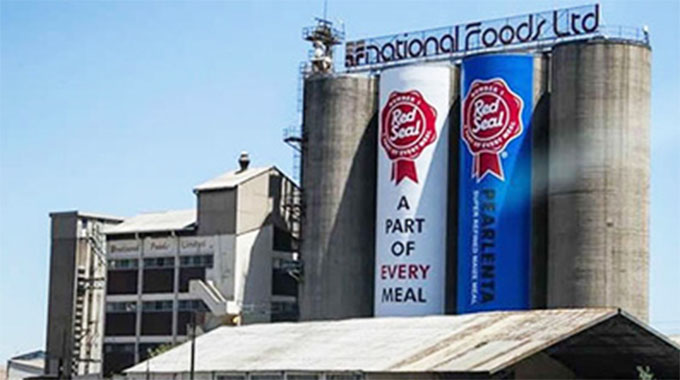Middlemen rip off macadamia farmers

Business Reporter
ZIMBABWE’S macadamia nuts producers suffered heavy “losses” in the last marketing season due to poor prices paid by the middlemen who reaped the most from farmers’ yields.
Because of too many middlemen – and with farmers having challenges in directly accessing the markets abroad, producing macadamia, a high-value commodity, is becoming less viable and could see many farmers abandoning the crop.
Prices in China, the country’s largest market for macadamia, ranged between US$8 and US$12 per kilogramme last season.
“The middlemen are saying China is now producing the nuts and prices have gone down,” said James Maisiri, the secretary general of Macadamia Association of Zimbabwe, an official group that represents local producers. “The situation was worse this year because some were buying at just US$1 per kg… the highest price was US$3. We failed to break even.”
Through the association, Mr Maisiri said local farmers were now scouting for alternative markets. He said two large South African companies have expressed interest.
“We are just hoping that we will make a breakthrough before harvesting begins in January.”
Mr Maisiri said due to poor prices, farmers were struggling to buy inputs for the current crop.
“The plants are at flowering stage and we need chemicals to suppress the pests but we have no money to buy…this will affect the yields and quality,” said Mr Maisiri.
This year, macadamia output was largely unchanged at 8 000 tonnes compared to last year.
In recent years, Zimbabwe has witnessed a huge appetite for macadamia nuts production in Chimanimani and Chipinge districts in the Manicaland Province, but poor prices are forcing farmers to switch to less technically challenging crops.
According to Zimtrade, the country’s export promotion agency, the development of the sector is now important as it presents a lucrative alternative to tobacco; whose global demand is under threat from lobbyists seeking to ban smoking.
The production of tobacco, largely grown by small holder farmers, is under threat from the Framework Convention on Tobacco Control, which came into force in February 2015.
The framework associates tobacco with detrimental effects on the environment and on the health of farmers.
The FCTC, however, provides for economically viable alternative activities for tobacco growers and macadamia is seen as an alternative to the “golden leaf.”
Should farmers adopt the crop, backed by research and Government support, macadamia can complement the golden leaf’s foreign currency earnings significantly, said ZimTrade.
The global macadamia market size is expected to reach US$2,95 billion by 2028. It is expected to expand at a compound annual growth rate of 10,7 percent from 2021 to 2028.
With the growing importance of healthy eating, the market is growing at a faster rate, and consumers are increasingly adopting nuts as a healthy snack option and incorporating them into their daily meals, analysts say. Furthermore, organic macadamia is becoming more popular with the increased demand from European countries.
With macadamia classified as a horticulture commodity, the producers could take advantage of the recently launched US$30 million facility by the Government to support the sector. The funding came from the Special Drawing Rights (SDR) allocation of US$961 million to Zimbabwe by the International Monetary Fund.
Finance and Economic Development Minister Professor Mthuli Ncube said during the launch the fund will “go a long way in empowering our farmers to start horticulture projects as well as acquire value addition facilities that will enable dehydrating, freezing, canning, bottling, extracting, juicing and concentrating their produce.”
The revolving fund will be accessed through normal banking channels with four banks participating.
“It is a sector that has potential to generate foreign currency earnings and create jobs that will have a multiplier effect in growing the economy,” Ncube said. “The horticulture export revolving fund has the potential to close the funding gap and spearhead increased productivity, as well as finance bankable projects with a focus on value addition.”
Until the late 90s, horticulture contributed between 3,5 percent and 4,5 percent to the country’s gross domestic product and was a major foreign currency earner.








Comments